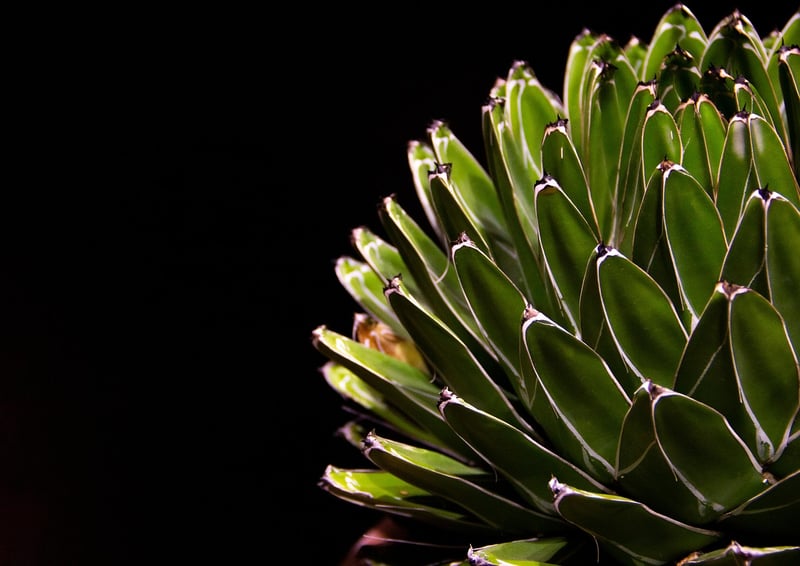Light requirements
How to Maintain Healthy Plants: Understanding Light Requirements
Plants are a beautiful addition to any space, bringing life and color to our surroundings. To keep your plants thriving, it's crucial to understand their light requirements. Light is essential for photosynthesis, the process through which plants convert light energy into chemical energy to fuel their growth. Different plants have varying light needs, so here's a guide to help you provide the right light conditions for your beloved green friends.
1. Understanding Light Intensity
Light intensity is a crucial factor in determining the right placement for your plants. Some plants thrive in bright, direct sunlight, while others prefer indirect or low light conditions. Here's a breakdown:
- High Light Plants: Plants that require bright, direct sunlight for several hours a day fall into this category. Examples include succulents, cacti, and many flowering plants.
- Medium Light Plants: These plants prefer bright, indirect light and can be placed near a sunny window but shielded from direct rays. Spider plants, pothos, and dracaenas are good examples.
- Low Light Plants: Plants that can thrive in minimal natural light, such as peace lilies, snake plants, and ZZ plants, are suitable for spaces with little sunlight.
2. Placement Tips for Different Light Levels
Now that you understand the different light requirements, here are some placement tips to help you optimize light exposure for your plants:
- High Light Plants: Place them near south or west-facing windows where they can receive direct sunlight.
- Medium Light Plants: These plants do well in east-facing windows or a few feet away from a bright window.
- Low Light Plants: Ideal for rooms with north-facing windows or spots away from direct sunlight, like corners or shelves.
3. Monitoring Light Levels
It's essential to monitor light levels in your space to ensure your plants are getting adequate sunlight. You can use a light meter to measure the light intensity or simply observe your plants for signs of light stress:
- Yellowing or browning of leaves
- Leggy or stretched growth
- Poor flowering or fruiting
By understanding and providing the right light conditions for your plants, you can enjoy healthy, thriving greenery in your home or office. Remember, each plant is unique, so be sure to research the specific light requirements for the plants in your care.

Keep your plants happy and healthy by meeting their light needs, and you'll be rewarded with lush, vibrant foliage that brightens up your living space!
